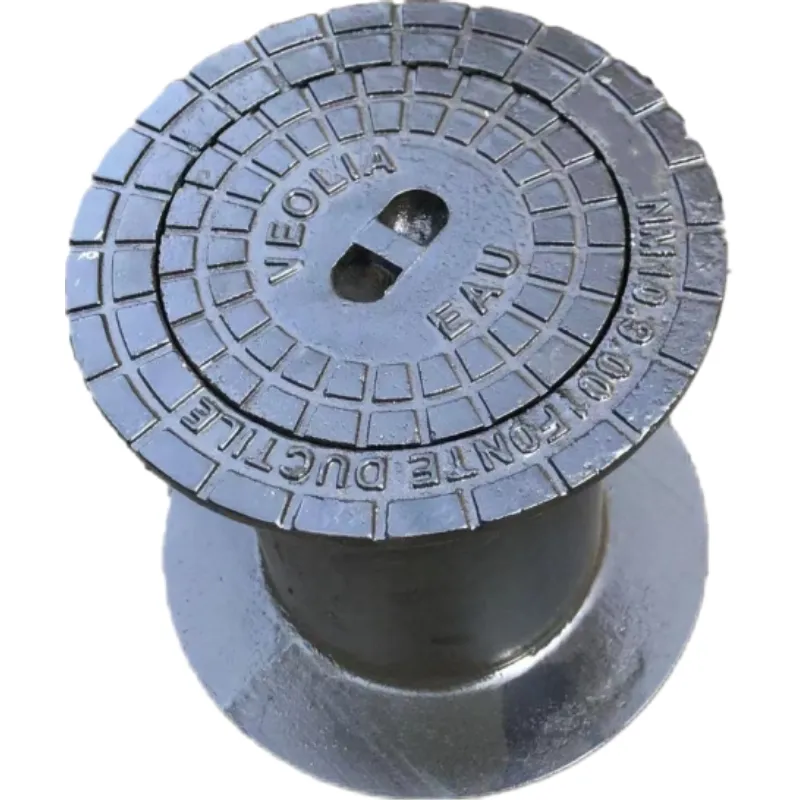pressure relief valve for air receiver tank
Pressure Relief Valve for Air Receiver Tank
Pressure relief valves (PRVs) are critical safety devices used in various industrial applications, particularly in systems involving air receiver tanks. These tanks are designed to store compressed air, which is used in a variety of processes from powering pneumatic tools to supporting automatic control systems. Ensuring the safety and operational efficiency of these systems is paramount, and this is where the role of pressure relief valves becomes essential.
A pressure relief valve serves to protect air receiver tanks from overpressure situations. When air is compressed and stored in a tank, the pressure within the tank increases. If for any reason the pressure exceeds the design limits of the tank, it can lead to catastrophic failures, including tank rupture or explosion. PRVs are engineered to allow excess pressure to escape, thus preventing such dangerous scenarios.
The operation of a pressure relief valve is straightforward yet vital. Each valve is calibrated to open at a specific pressure, known as the set pressure. When the internal pressure of the air receiver tank reaches this threshold, the valve automatically opens, allowing compressed air to vent safely to the atmosphere or into a designated system. Once the pressure drops back below the set point, the valve closes, resuming normal operation.
pressure relief valve for air receiver tank

There are various types of pressure relief valves, including spring-loaded, pilot-operated, and balanced bellows valves. Spring-loaded valves are commonly used due to their simplicity and reliability. They utilize a spring mechanism that holds a disc against the valve seat, maintaining closure until the set pressure is reached. Pilot-operated valves offer more advanced control by using a smaller pilot valve to manage the larger main valve, providing enhanced accuracy and responsiveness.
When selecting a pressure relief valve for an air receiver tank, several factors must be considered. First, the valve must be compatible with the tank’s pressure rating and the specific application requirements. The size of the valve is also crucial—an undersized valve may not vent enough air during an overpressure event, while an oversized valve can be inefficient and costly. Additionally, materials of construction should be chosen based on the operating environment and compatibility with the air quality used in the system.
Regular maintenance and testing of pressure relief valves are essential to ensure their reliability. Over time, debris and wear can impede the functionality of the valve, leading to failure when it is most needed. Routine inspections should include checking for signs of corrosion, ensuring proper seating of the valve, and verifying that the valve opens at the designated pressure.
In conclusion, pressure relief valves are indispensable for safeguarding air receiver tanks against overpressure hazards. They not only protect equipment but also ensure the safety of personnel working in the vicinity. By carefully selecting, installing, and maintaining these valves, industries can operate with heightened safety and efficiency, ultimately leading to more reliable and productive systems. Investing in quality pressure relief valves and their ongoing care is a fundamental aspect of responsible industrial operations.
-
The Smarter Choice for Pedestrian AreasNewsJun.30,2025
-
The Gold Standard in Round Drain CoversNewsJun.30,2025
-
The Gold Standard in Manhole Cover SystemsNewsJun.30,2025
-
Superior Drainage Solutions with Premium Gully GratesNewsJun.30,2025
-
Superior Drainage Solutions for Global InfrastructureNewsJun.30,2025
-
Square Manhole Solutions for Modern InfrastructureNewsJun.30,2025
-
Premium Manhole Covers for Modern InfrastructureNewsJun.30,2025
